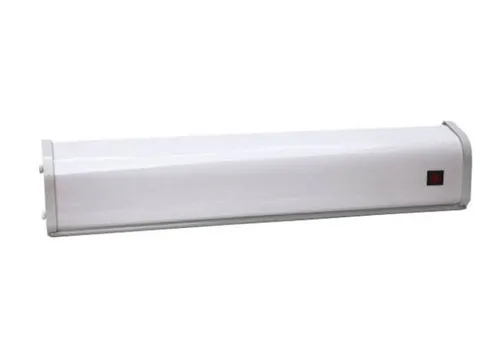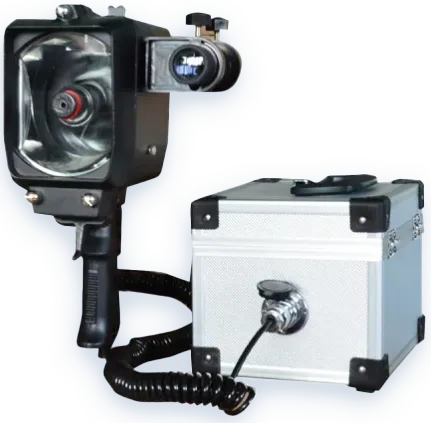Marine lighting plays a critical role in ensuring on-board safety and operational efficiency. Among various options, Marine Fluorescent Light is frequently discussed by vessel operators. Yet many wonder if it fits every kind of vessel, from small fishing boats to large cargo ships. This article clarifies key points to answer this question.

Not all vessels have the same lighting needs, and its suitability depends on specific vessel characteristics. Understanding these factors helps avoid mismatched choices.
Small coastal vessels, such as fishing boats or leisure yachts, often have limited space and operate in relatively calm near-shore waters. Marine Fluorescent Light, with its compact design and stable illumination, works well here—its moderate brightness meets basic navigation and living needs without excessive energy consumption.
Large ocean-going vessels, like container ships or oil tankers, face harsher conditions: strong vibrations, salt spray corrosion, and longer operating hours. It can still be suitable if it meets enhanced durability standards, but may need to be paired with protective enclosures in high-vibration areas like engine rooms.
Different areas of a vessel demand different lighting performance. In living quarters and mess halls, its soft, uniform light creates a comfortable environment for crew rest. In storage holds or maintenance areas, however, it needs higher light output to support detailed work—some variants are designed for this, while others may fall short.
Misunderstandings often lead to incorrect assumptions about its versatility. Clearing these up helps make informed decisions.
Some believe a single Marine Fluorescent Light model works for any vessel. In reality, shallow-water vessels rarely encounter extreme temperature fluctuations, so standard models suffice. Arctic or tropical-operating vessels, though, require units rated for wide temperature ranges to avoid performance issues like dimming or burnout.
Critics sometimes claim it is fragile in marine settings. But modern versions are built with corrosion-resistant materials and sealed housings, making them resistant to saltwater and humidity. Their durability is not inherently inferior to other lighting types—they just need to be selected based on the vessel’s specific operating challenges.
Marine Fluorescent Light is not a one-size-fits-all solution for all vessel types. Its suitability hinges on vessel size, operating area, and on-board functional needs. By matching the light’s specifications to these factors, operators can leverage its advantages of stable illumination and energy efficiency.
If you’re looking for Marine Fluorescent Light tailored to your vessel’s unique requirements, our product page offers detailed options designed for different maritime scenarios. Visit it to explore solutions that align with your needs.

GET A QUOTE